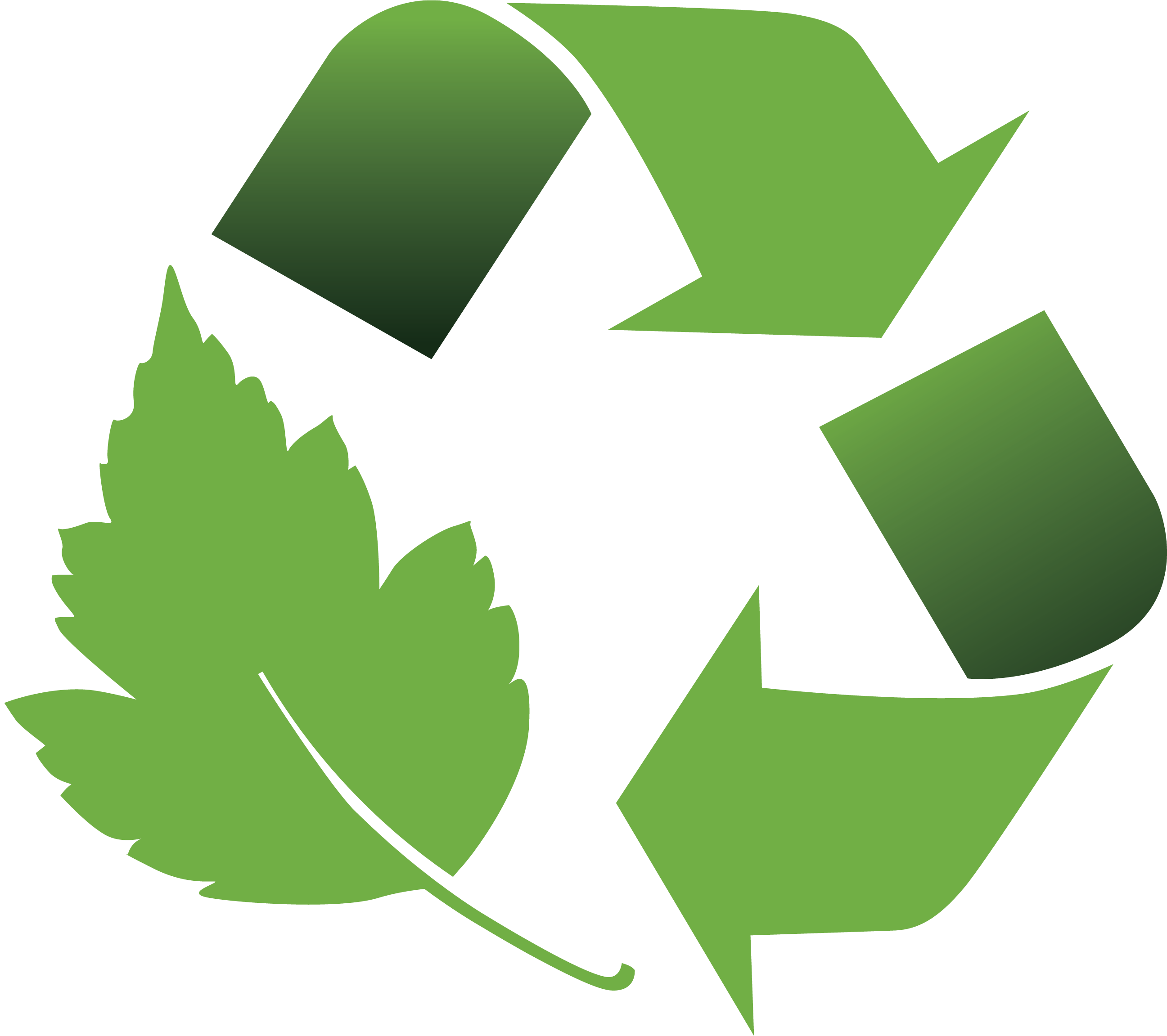The Ultimate Metal to Survive a Financial Crisis
INTERESTING TIMES WE'RE IN

It has become impossible to ignore everything going on in the world around us. Banks are issuing negative interest rate loans, government debts continue to increase by the trillions instead of decrease, and the FED and IMF are printing hundreds of millions if not billions into economies worldwide to keep things afloat during the outbreak of COVID-19; effectively devaluing major fiat currencies, including the green paper in your wallet and all but guaranteeing mass inflation.
But don’t panic! I’m here to tell you how you can protect yourself, your wealth, and your families. The answer is silver, my friends. There's a reason that the word for silver literally translates into money in many different languages; including French, Spanish, and Hebrew among many others.
On top of this, we’re seeing the most major banks in the world stockpile silver and gold. JP Morgan did not have an ounce of silver on its books in 2011. Now it owns over 50% of the silver available on public exchanges for a total of around 260 million ounces. Makes you wonder, what they know that we don’t? Some financial speculators with ties to major financial institutions claim the price of silver will decline by 2030, but yet they stockpile it like we’re going to see a very profitable run soon. This coincides with some of the top independent precious metal price speculators that are taking the hint from these banks and have become very bullish on buying silver and gold.

Gold is also an excellent way to store your wealth. It has been, along with silver, used as money almost since the beginning of time. But gold has one critical flaw that makes silver the better choice for the average person like you and me. Gold is just too expensive for a single ounce, making it not only more intimidating to purchase, but also to sell as well. One ounce of gold is worth $1751, while one ounce of silver is currently worth about $17.86. There is such a thing as purchasing what is called fractional gold so you don’t have to purchase a whole ounce at once, but it does come with significant cons. Fractional gold cost more per ounce and is subject to sales tax. So you're looking at 8-9% sales tax and around a 10% premium for fractional gold purchases.
In a scenario like Venezuela where people were to experience hyper inflation, they were basically forced back to the barter system because the volatility of their national currency made it too risky to liquidate their other assets into the Bolivar (Venezuela's national currency). If you were investing in ounces of gold, selling it for a currency going through huge swings of value would be highly risky. Silver ounces, on the other hand, are just the right price to buy and sell for flat currency without risking too much of your financial wealth. You wouldn't want to risk selling an ounce of gold when you only need enough money to go get groceries. And on top of that, silver is also used as a necessary metal by countless companies in countless products, not for just jewelry, but for items such as batteries and water purification systems. The amount of silver used for electronics, solar panels, and biocides has more than tripled in the last thirteen years. With this trend expected to continue, silver’s scarcity will steadily increase. Which should at the very least prevent it from declining in value or becoming volatile in its price evaluation.
Keeping your silver stored properly is also of high importance. Intercept products are going to keep your coins, bars, and jewelry looking like new. Think about what will be more appealing to a buyer or bargainer; a corroded coin you can barely tell is silver, or a pristine piece of shining silver that will hold sentimental value in addition to its value as a real world currency? When you hypothetically consider yourself the buyer in a situation like this, the importance of preserving the condition of your metals becomes clear.




